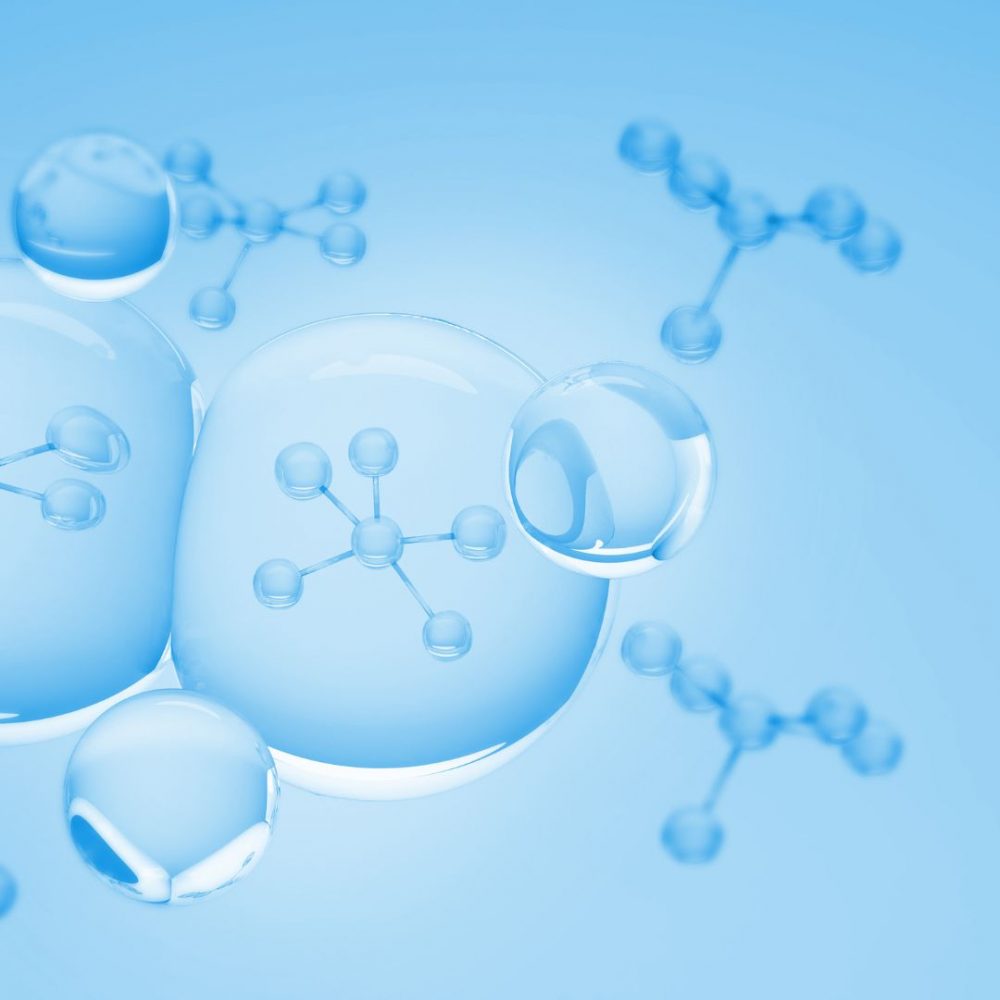
Liquid skin leaves scientists puzzled!
Recommended for Middle Grades
Hey there, scientists! Gather around because I have an exciting discovery to share with you. Brace yourselves for some mind-boggling facts about a peculiar phenomenon called “Liquid Skin” that scientists have stumbled upon. Get ready to dive into the fascinating world of atoms and ice!
Now, we all know that ice is usually solid, right? Well, it turns out that things are not always as they seem. Picture this: a piece of ice with a temperature way below freezing, yet its surface covered in a coating of quasi-liquid atoms. Can you believe it? It’s like magic!
But wait, what’s the deal with this “premelting” thing? Premelting is when something melts below its usual melting point. In this case, the ice is showing signs of melting on the surface, even though it’s freezing cold. Talk about breaking the rules!
You see, when we look at ice and glass, they can appear quite similar. But if we zoom in to the teeny-tiny atomic level, they are actually quite different. Crystalline structures, like diamonds, quartz, and table salt, have their atoms neatly arranged in a lattice. But glass, well, it’s a whole different story. Glass doesn’t have a fancy atomic arrangement like crystals do.
Important Details
- To study this strange liquid skin, scientists created a device called “colloidal glass.” It’s like a microscopic playground where tiny glass spheres act like the atoms in real glass. These spheres float in a liquid, and scientists could observe their movements under a microscope. How cool is that?
- Here’s the mind-blowing part: the particles on the surface of the glass were speedy little fellows! They moved faster than the particles in the bulk glass below. And guess what? The density of the surface was lower than the bulk glass. That means the surface particles had more room to wiggle around. It’s like they were having a party up there!
- This experiment showed that the surface melting of glass is different from what happens in crystals. It led to the formation of a glassy layer on the surface. Now, you may wonder, what’s the big deal? Well, scientists are excited because this discovery could lead to new uses for glass. Maybe they’ll find even more amazing properties hiding beneath the surface.
- So, keep your eyes open, ask questions, and explore the wonders of the world around you. Who knows what other strange and fantastic discoveries await us in the future? The world is full of surprises, so keep that curious spirit alive!
Similar Stories
Curious Times is a leading newspaper and website for kids. We publish daily global news aligned to your learning levels (also as per NEP 2020): Foundational, Preparatory (Primary), Middle and Senior. So, check out the News tab for this. We bring kids’ favourite Curious Times Weekly newspaper every weekend with top news, feature stories and kids’ contributions. Also, check out daily JokesPoke, Tongue Twisters, Word of the Day and Quote of the Day, kids need it all the time.
Curious Times News Program for Schools for FREE. Over 5,000 schools and teachers from all over the world have joined our programme so that students and teachers can get FREE Educative Newspaper. Here, kids can take part in world events and win prizes and certificates for free through their schools.
Moreover, schools are sharing important School News, like interviews with the principal, notices about new students, contests, and results, not just on social media but also on a news website for kids and other schools.
Thus, do not wait any further, sign-up for your school for FREE.
The following social media platforms allow you to communicate with us: WhatsApp, Instagram, Facebook, Youtube, Twitter, and LinkedIn.
0 (Please login to give a Curious Clap to your friend.)
